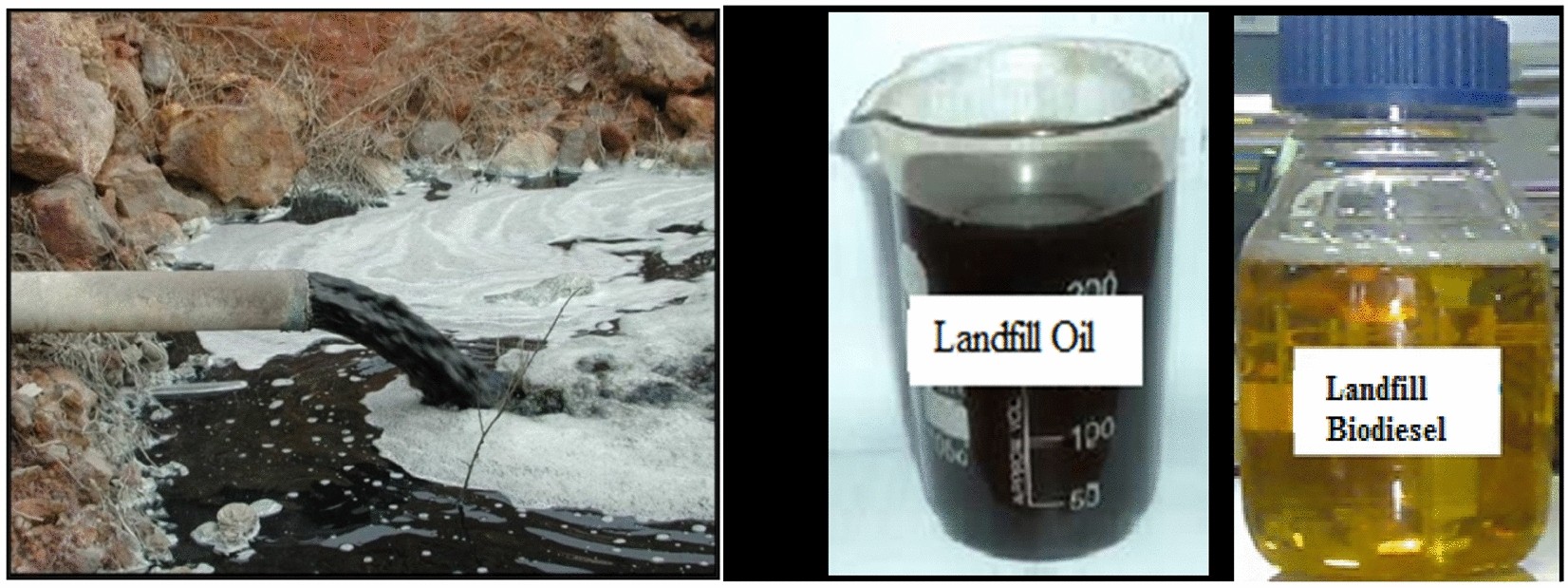- Jeep Cherokee Push Button Start Not Working: Troubleshooting Tips To Get You Back on the Road Fast! - 11 November 2023
- Haval H2 Problems: The Complete Troubleshooting Guide - 11 November 2023
- Gwm P Series Problems: Troubleshooting Guide for Common Issues - 11 November 2023
To fix milky oil in your engine, flush the engine with flushing oil and clean the breathers to remove the creamy froth caused by moisture. Milky oil is a common issue that occurs when coolant leaks into the engine oil, usually due to a failed engine gasket or excessive heat.
This contamination can lead to engine damage if left untreated. Flushing the engine with flushing oil is the most effective way to resolve this problem. Remember to clean the oil cap after the oil change to monitor the situation accurately.
It’s essential to address milky oil promptly to ensure the proper functioning and longevity of your engine.
Understanding Milky Oil In Engine
When you come across milky oil in your engine, it is important to take immediate action to prevent further damage. Milky oil is a sign of a problem within the engine, indicating the presence of moisture or coolant mixing with the oil. Understanding the causes and dangers of milky oil is crucial for fixing the issue and ensuring the longevity of your engine.
Causes Of Milky Oil In An Engine: Condensation, Coolant Leak, Clogged Pcv System
There are several reasons why milky oil may occur in an engine:
- Condensation: In humid and colder temperature conditions, condensation can form inside the engine. This moisture can mix with the oil, resulting in milky oil.
- Coolant leak: A leak in the coolant system can allow coolant to enter the oil, causing it to turn milky. This can be due to a faulty gasket, cracked cylinder head, or damaged coolant seal.
- Clogged PCV system: The PCV (Positive Crankcase Ventilation) system is responsible for removing gases and moisture from the engine. If the PCV valve or system becomes clogged, it can lead to moisture accumulation and milky oil.
Dangers Of Milky Oil: Reduced Lubrication, Engine Damage, Overheating
Milky oil can have detrimental effects on the engine, including:
- Reduced lubrication: Milky oil lacks the proper lubricating properties, which can cause increased friction and wear on engine components.
- Engine damage: The presence of moisture or coolant in the oil can corrode internal engine parts, leading to potential damage and decreased engine performance.
- Overheating: Milky oil can lead to poor heat transfer and inadequate cooling, potentially causing the engine to overheat and result in further damage.
It is essential to address milky oil in your engine promptly to prevent these risks and ensure the proper functioning of the engine. Now that we understand the causes and dangers of milky oil, let’s explore how to fix this issue and restore the optimal performance of your engine.

Credit: www.nature.com
Step-by-step Guide To Fix Milky Oil In Engine
Are you noticing milky oil in your engine? Don’t worry, we’ve got you covered with this step-by-step guide to fix the issue. Milky oil is often an indicator of moisture or coolant contamination, and it’s crucial to address it promptly to prevent any further damage.
Step 1: Diagnosing The Issue
The first step in fixing milky oil is to diagnose the issue correctly. To identify milky oil symptoms, check the following:
- Oil Cap: Remove the oil cap and inspect it for any milky substance. If you notice a whitish or creamy residue on the cap, it indicates the presence of moisture.
- Dipstick: Check the dipstick for any milky residue. Wipe it clean, re-insert it, and pull it out to examine the oil color. Milky or frothy oil on the dipstick suggests coolant contamination in the engine.
- Oil Color: Observe the color of the oil. Milky or light-colored oil is a clear indication of coolant mixing with the oil.
Step 2: Flushing The Engine
Once you have confirmed the issue, the next step is to flush the engine using flushing oil. Flushing oil helps remove contaminants and moisture from the engine.
- Warm up the engine by running it for a few minutes.
- Drain the old oil and replace it with flushing oil.
- Run the engine at idle for the recommended time mentioned on the flushing oil packaging.
- After the specified time, drain the flushing oil completely.
- Replace the oil filter and refill the engine with fresh oil.
Step 3: Checking The Head Gasket
The head gasket is often a common culprit behind milky oil. It is essential to inspect it for leaks or damage.
Here’s how you can check the head gasket:
- Inspect the head gasket visually for any signs of damage, such as cracks or leaks.
- If you suspect a head gasket issue, you may consider performing a compression test or a coolant pressure test to confirm the problem.
- If the head gasket is damaged, it will need to be replaced to prevent coolant from mixing with the oil.
Step 4: Addressing Other Components
In addition to the head gasket, other components like breathers and ventilation systems must be checked and cleaned. These components aid in proper airflow and prevent the accumulation of moisture.
Here’s what you can do to address other components:
- Clean the breathers to ensure unrestricted airflow.
- Inspect the ventilation system for any blockages or clogs and clean them if necessary.
- Ensure that all components are in good working condition and replace any damaged parts.
Step 5: Preventative Measures
To prevent milky oil in the future, it’s important to take some preventative measures:
- Regularly check the oil cap and dipstick for any signs of milky oil.
- Perform regular maintenance, including oil changes, to keep the engine in optimal condition.
- Inspect the cooling system for leaks and address them promptly.
- Store the vehicle in a dry environment to minimize moisture buildup.
- Consider using a coolant condition tester to ensure the coolant is not contaminated.
By following these steps and taking preventative measures, you can fix milky oil in your engine and prevent any future issues. Remember, early detection and prompt action are key to maintaining a healthy engine.
Additional Tips And Considerations
To fix milky oil in your engine, the engine needs to be flushed out with flushing oil. The head gasket and other components also need to be checked and repaired if necessary. It’s important to address this issue promptly to prevent further damage to your engine.
How Long Can You Drive With Milky Oil?
When it comes to milky oil in your engine, it is crucial to address the issue promptly to avoid further damage. The length of time you can drive with milky oil depends on the severity of the problem. In general, it is recommended to avoid driving your vehicle when the oil has become milky in color. Milky oil may indicate the presence of coolant or water in the engine, which can lead to decreased lubrication and potential engine failure. Continuing to drive with milky oil can cause further damage to your engine and result in costly repairs. To ensure the longevity of your vehicle and prevent further complications, it is best to resolve the issue as soon as possible.Potential Risks Of Flushing The Engine
Flushing the engine with flushing oil is a common method used to fix milky oil. However, it is important to be aware of the potential risks associated with this process. Flushing the engine can dislodge debris or sludge, which may circulate through vital engine components and potentially cause blockages. Additionally, aggressive flushing can lead to the dislodgment of contaminants that might clog oil passages, leading to insufficient lubrication and engine damage. It is vital to follow the manufacturer’s instructions and use the appropriate flushing oil to minimize these risks. If unsure, it is recommended to consult with a professional mechanic to ensure proper flushing of the engine without causing further harm.Monitoring The Oil Cap For Future Signs Of Milky Oil
After addressing the issue of milky oil in your engine, it is essential to monitor the oil cap for future signs of the problem. One way to do this is by regularly inspecting the oil cap during routine maintenance. If you notice any milky or foamy residue on the oil cap, it can indicate the presence of moisture or coolant in the engine. This could be a sign of an ongoing issue or potential leaks that need to be addressed promptly. By monitoring the oil cap, you can catch any early signs of milky oil, allowing you to take swift action and prevent further damage to your engine.Frequently Asked Questions For How To Fix Milky Oil In Engine
Does Milky Oil Always Mean Head Gasket?
Milky oil in an engine does not always indicate a head gasket issue. It can be caused by water contamination from a coolant system leak. To fix milky oil, flush the engine with flushing oil and ensure breathers are clean.
High humidity and cold temperatures can also produce white smoke, which may be mistaken for a head gasket problem.
What To Do If My Oil Is Milky?
To fix milky oil in your engine, flush the engine with flushing oil and clean the head gasket and other components. Flushing the engine can help remove the creamy froth caused by moisture. Ensure breathers are clean and use flushing oil to get rid of milky oil.
What Causes Engine Oil To Look Milky?
Milky oil in an engine is caused by water contamination. This usually happens when the coolant system leaks into the engine oil, indicating a failed engine gasket. It is important to address this issue promptly as driving with milky oil can lead to engine damage.
To fix milky oil, the engine should be flushed out with flushing oil and any necessary components should be replaced.
How Long Can You Drive A Car With Milky Oil?
Driving a car with milky oil is not recommended as it can indicate coolant contamination or a blown head gasket. Continuing to drive with milky oil can cause further damage to the engine. It is best to address the issue promptly and fix the underlying problem.
Why Is My Engine Oil Milky In Color?
Milky oil in the engine is usually caused by water contamination, which can be a sign of a serious problem.
Conclusion
If you notice milky oil in your engine, it indicates the presence of moisture or coolant contamination. This can be caused by leaks, a blown head gasket, or excessive heat. To fix this issue, it is important to flush the engine with flushing oil and ensure that the head gasket and other components are checked and repaired if necessary.
It is crucial to address milky oil promptly to prevent further damage to your engine. Regular maintenance and monitoring can help prevent this problem from occurring in the future.


